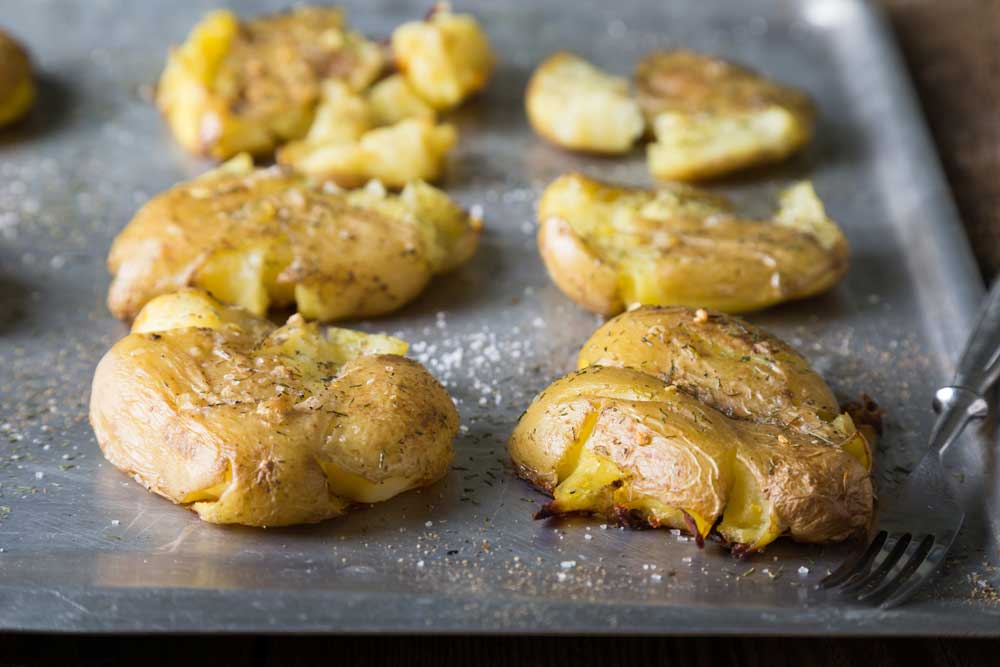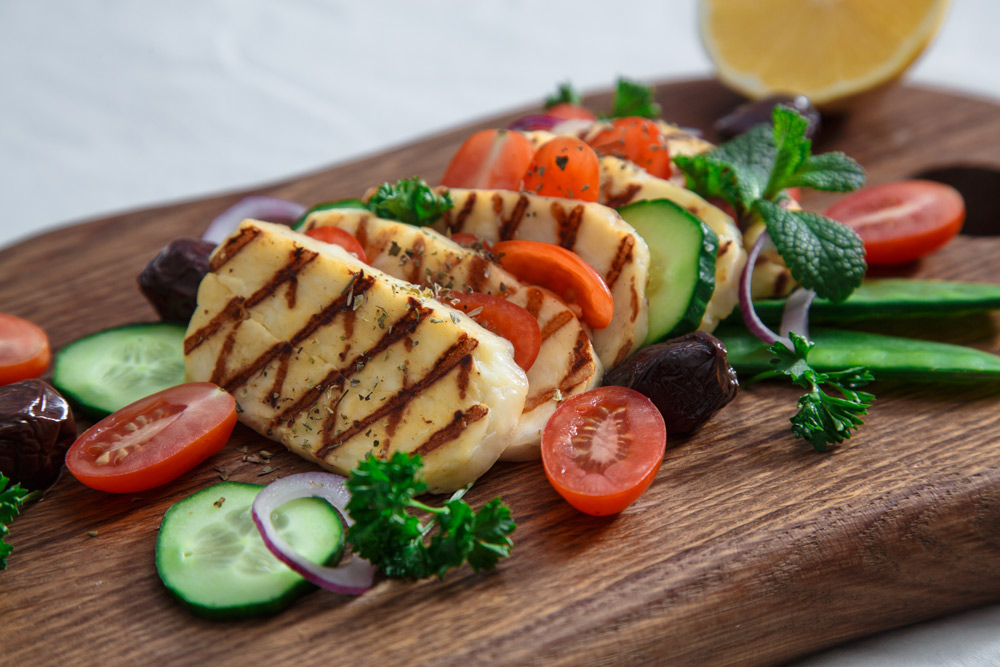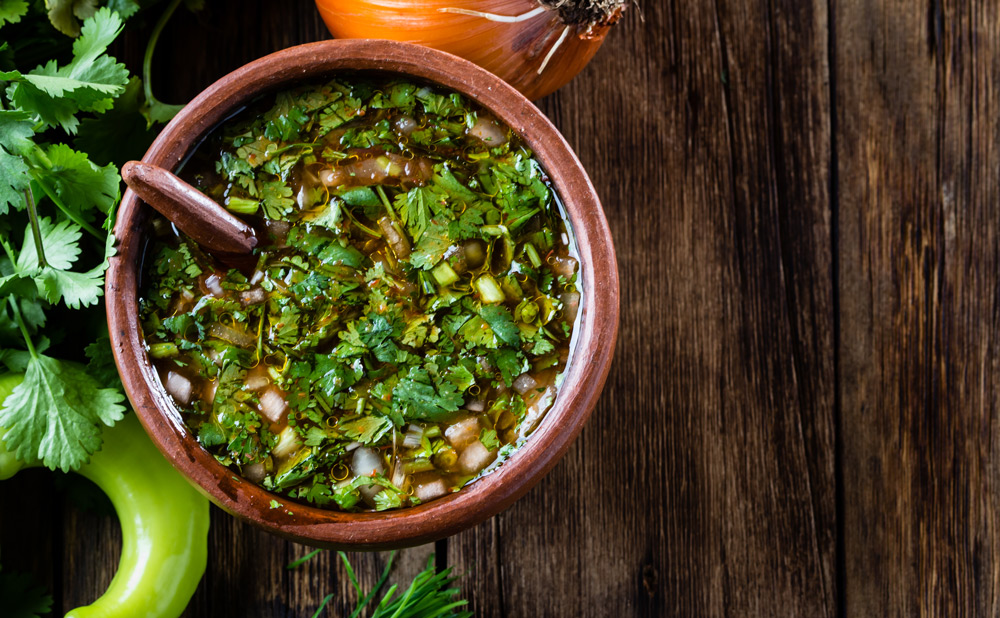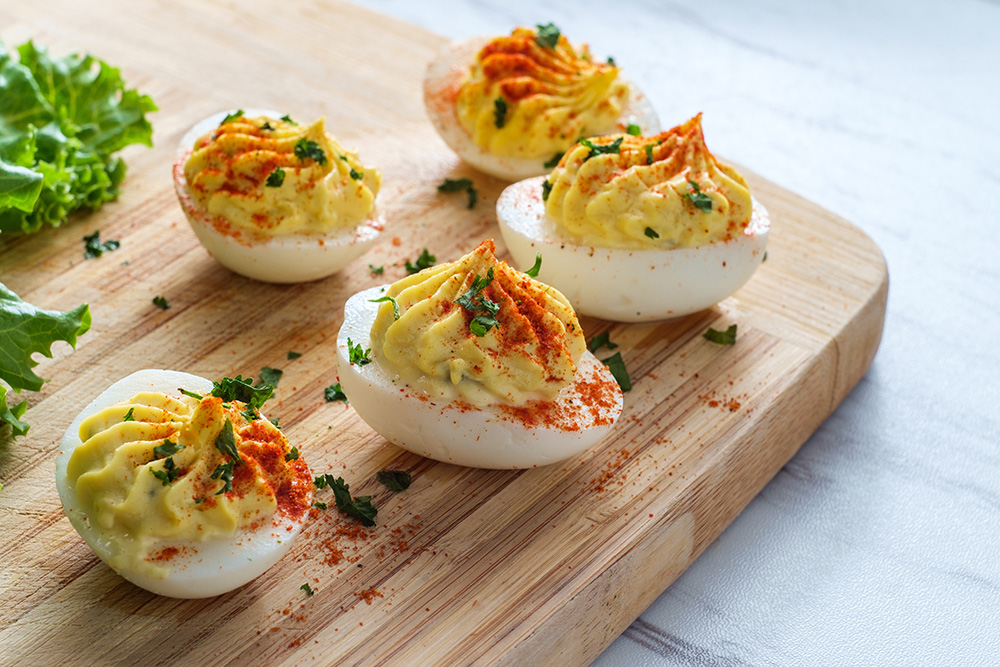Mojo colorado is a classic red chile sauce from Spain’s Canary Islands. Great on smashed potatoes, it’s also wonderful as an accompaniment to anything you cook on the grill—meat, fish, or veggies.
Ingredients
For the mojo colorado:
- 1 red bell pepper
- 2 tablespoons pimentón
- 1 small, fresh, hot red chile, stemmed, seeded, and roughly chopped
- 3 cloves garlic, roughly chopped
- 3 tablespoons red wine vinegar
- 3 tablespoons extra virgin olive oil
- 1/2 teaspoon ground cumin
- 1/2 teaspoon kosher or sea salt or to taste
- 1/4 cup water
For the potatoes:
- 8 medium Yukon Gold potatoes, skin on
- 3 tablespoons extra virgin olive oil, divided
- Coarse kosher or sea salt
- 1/2 cup coarsely grated Manchego cheese
- 1/2 teaspoon pimentón
Directions
Step 1
Make the mojo colorado: Char the bell pepper over a gas burner or under a broiler until it is blackened and blistered on all sides. Peel, stem, seed, and tear it into several pieces. Place in a blender jar with the other sauce ingredients, and blend until smooth. Add more salt if needed or water to thin. Set aside.
Step 2
Bake the potatoes: Preheat the oven to 375°F. (If you used your broiler to roast the pepper, let the oven cool to 375° before continuing the recipe.) Use 1 tablespoon of olive oil to coat a baking dish large enough to accommodate the potatoes. Bake the potatoes until they are soft when pierced with a knife or a bamboo skewer, 45 minutes to 1 hour. Remove from the oven and gently smash each potato with the back of a large spoon. Drizzle with the remaining 2 tablespoons of olive oil, then season with salt. Top with the grated Manchego cheese and dust with pimentón. Return to the oven for 15 minutes.
Step 3
Drizzle with the mojo colorado before serving.
Yields 4 to 6 side-dish servings.




